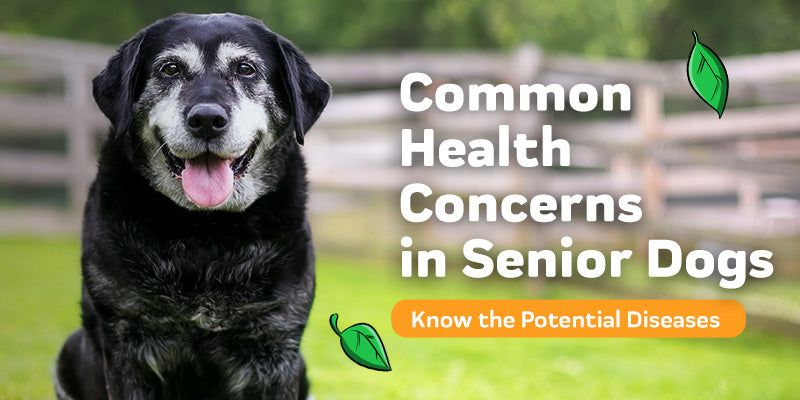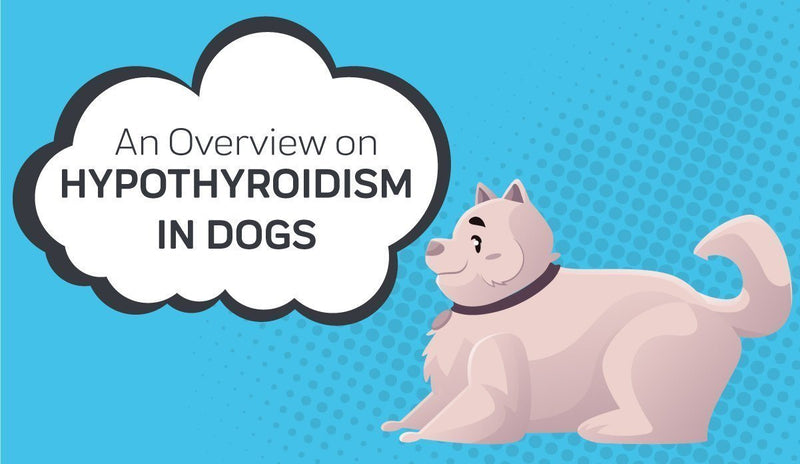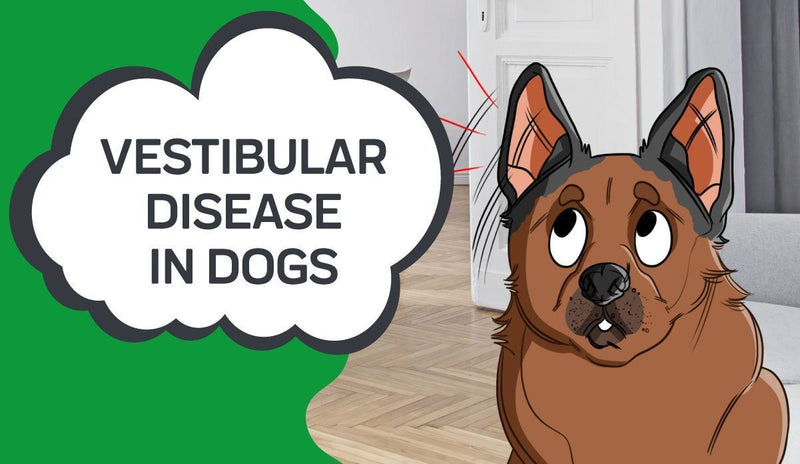- Overview of Hepatitis in Cats
- More Information on the Liver
- Overview of Cat Liver Disease
- Kinds of Cat Liver Disease
- Cat Liver Disease Signs and Symptoms
- Cat Liver Disease Treatments
- What Food Sources Are Toxic to Felines?
- Preventing Your Pet from Consuming Toxic Foods
- What Do You Do if Your Pet gets Poisoned?
- Is Cat Hepatitis Contagious?

As with humans, cats can contract feline hepatitis at any phase of their life. While it might be challenging to watch your pet experiencing any type of sickness, the best thing to do as their pet parent is to notice when they’re ill and get them help as soon as you can.
This post will offer you an overview of feline hepatitis, typical symptoms related to this health issue, and go over how cats contract this sickness in the first place.
Overview of Hepatitis in Cats
While talking about hepatitis, it is vital that you have a thorough understanding of the disease itself, its impact upon the body, as well as the common feline hepatitis symptoms your cat might display if she has been affected. Cat hepatitis is a medical condition often times utilized to describe liver inflammation in cats. It is linked to an inflammatory cell accumulation in the liver along with progressive scarring or the emergence of excess fibrous tissue inside the liver. Over a span of time, symptoms may lead to a reduction in the functioning of the liver that may grow very severe as it progresses.
Hepatitis may be caused by bacterial infections, consumption of toxic substances (more on this below), medicines that attack the liver, as well as contact with one other infected animal (through blood, feces, and mucous membranes).
More Information on the Liver
The liver is an amazingly important organ that performs a number of key tasks. It’ll produce enzymes that support digestion and metabolize fats, proteins, and carbs. Also, it stores essential nutrients and vitamins, breaks down toxins, as well as eliminates body waste. Because of the liver’s big reserve capacity, if one part of the liver stops working, one other area may take over. In some circumstances, the liver even can regenerate its own tissue. But hepatitis actually can break down the liver function over a period of time, rendering it less effective. Because the liver has the job of a number of functions, cats that have hepatitis might show a broad spectrum of symptoms. Below we list some common symptoms of cat hepatitis:
Loss of appetite
With key liver functions such as digestion, as well as metabolizing carbohydrates, fats, and proteins, it is common for felines to lose their appetite as they’re diagnosed with hepatitis. Appetite weight loss is a major sign that your cat needs to visit the vet.
Fatigue
With less and less food coming in, felines inevitably will have a reduction in energy levels. Cats frequently show indications of sluggishness, which oftentimes become rapidly apparent.
Loss of weight
One other byproduct of a reduction in appetite is weight loss. If you see your pet’s weight dropping rapidly, it is vital to take him to your vet as soon as you can.
Diarrhea and Vomiting
Indications of feline diarrhea and vomiting in cats typically are the initial signs you might recognize. Because the liver is less and less effective, and within some instances incapable of doing the key aforementioned jobs, diarrhea and vomiting oftentimes ensue.
Excessive thirst and frequent urination
Diarrhea and vomiting along with a reduction in appetite all contribute to excess thirst. It isn’t uncommon for felines that have hepatitis to consume more liquid than usual. Naturally, that leads to consistent urination. It is crucial that you observe your cat’s fluid consumption as it may be one other tell-tale indication that something is wrong with her health.
Abdominal swelling
Swelling of the abdomen results from liver enlargement in conjunction with a build-up of fluid inside the abdomen.
Jaundice
As this disease progresses, it may lead to jaundice, resulting in the eyes, gums, and skin turning into a yellowish color. It may be one of the tell-tale indications of hepatitis.
Unusual feces color
It isn’t uncommon for fecal matter to become discolored because of a decrease in liver function.
Nervous system and neurologic signs
These symptoms usually are displayed if the disease has gotten worse. Neurologic symptoms like depression, disorientation, aggression, and blindness may occur. Symptoms concerning the nervous system like coma and seizures, although less common, have also happened in some instances.
Overview of Cat Liver Disease
A feline’s liver is as vital for survival and good health as his human being companion’s. It’s responsible for a host of tasks that involve the storage, absorption, elimination, and processing of body substances, amongst several other crucial functions. Therefore, keeping a keen eye on your cat’s liver condition is strongly in your interest as a pet owner.
This section will cover an overall liver scope: malfunction, function, liver disease symptoms and signs, and treatments for cat liver problems.
Liver Functions
In addition to the biggest internal organ, the liver has the job of carrying out several tasks that keep the body properly functioning. Unlike the colon or gallbladder, the body can’t function without the liver because of its critical role in the maintenance of homeostasis.
The liver’s responsibilities involve:
- Eliminating body toxins and waste
- Metabolizing carbs, fats, and proteins
- Regulating energy/metabolism
- Supporting healthy digestion
- Storing essential minerals/ vitamins
Kinds of Cat Liver Disease
Liver disease is the consequence of a damaged liver that is caused by immune dysfunction, bacteria, toxic waste, or additional factors. Because of the high volume of nutrients, waste, and toxins processed on a daily basis by the liver, vulnerability to disease from those various sources isn’t uncommon.
Below we list three typically discovered cat liver diseases:
Hepatic Lipidosis (Fatty Liver Disease)
Hepatic lipidosis , also known as Fatty Liver Disease , handles the body’s response to malnourishment and/or starvation. In people, the body fights starvation by instantly sending reserves of fat to the body’s liver to convert to lipoproteins for energy. It assists in maintaining a stable metabolism until the food is eaten again.
However, as a cat is malnourished, his liver has problems processing the reserve fats it obtains from the body. Fats accumulate and ultimately become swollen and turn yellow and cause what’s named jaundice – a yellowing of the body’s eyes.
Cholangiohepatitis
It’s a liver disease marked by biliary system inflammation. The biliary system – that carries a greenish-brown fluid referred to as bile – helps with food digestion. As the biliary system is inflamed, it’s more commonly caused by bacterial infections, as well as, or dysfunction of a regular immune response affecting cells named lymphocytes.
In the instance of cholangiohepatitis, the bile doesn’t flow correctly and becomes trapped inside the liver. The bile’s high acidity causes swelling, irritation, and additional damage in what’s occasionally referred to as a “stagnant liver" as the bile duct is basically clogged.
This bacterial infected biliary system successfully can be treated using antibiotics, yet the immune-mediated inflammation has to be treated using immunosuppressive drugs. Cholangiohepatitis is among the most typically seen cat liver diseases.
Toxic Hepatopathy
This kind of liver disease is caused by the consumption of toxins inside the cat’s body. As the liver filters through waste and toxins on a daily basis, it’s susceptible to the negative effects of those chemicals. Excessive quantities of vitamin A, iron, naphthalene, xylitol, and acetaminophen are just a few examples of the multiple toxins which can be discovered in your pet’s body.
Cat Liver Disease Signs and Symptoms
Here are some common signs and symptoms which may assist you in identifying liver disease in your pet.
- Jaundice: Yellowish coloring of the mucous membranes, skin, and eyes; caused by excess bilirubin inside the blood
- Melena: Tarry, dark stools; contain partly digested blood caused by internal bleeding
- Ascites: Abnormal fluid accumulation inside the abdomen caused by elevated blood pressure
- Diarrhea
- Drooling
- Weight loss
- Vomiting
- Appetite loss
- Dark-colored urine
- Lack of energy
Cat Liver Disease Treatments
Amazingly, the liver is able to regenerate, as well as heal itself back to health from even the worst of diseases. The disadvantage of the liver’s heartiness is that it may be up to 70 percent impaired before it starts showing signs that it’s malfunctioning. Therefore, it’s vital that you know how to handle these symptoms as they rear their ugly heads.
Talk to your vet for the best advice about what treatments to use depending upon the specific kind of liver disease your pet has, and don’t hesitate to take her in for a check-up.
Now, earlier we discussed hepatitis, and how it can be caused by the ingestion of toxic substances. Let’s dive more into that subject:
What Food Sources Are Toxic to Felines?

One food group might actually shock you. This section was created to guide you through the food sources which are toxic to felines – helping to make sure that your cat stays healthy and safe. You need to ensure your pet consumes the healthiest food sources possible. But specific things might be harmful to your pet – that you would not expect. Because, as you imagine a toxic substance, you may think everyday household cleaning supplies, yet not regular people food.
One note before we dive in: If you’re reading this and already believe your pet was poisoned, immediately contact your trusted vet or ASPCA National Animal Poison Control Center. ASPCA’s phone number is 1-888-426-4435.
Dairy
The conventional cliche is a cute furry cat hunched down on all fours, lapping milk up from a saucer. Even though that’s something seen in movies, cartoons, and beyond…it’ll make this realization all the more surprising. Felines’ digestive systems actually aren’t set up for dealing with dairy. The lactose inside dairy products like milk may stir up stomach issues problems. Stay away from these products: cheese and milk.
Alas, and they appear so sweet lapping up milk from a tiny bowl, do they not?
Alcohol
Keep all whiskey away from their whiskers. Our cute furry friends shouldn’t drink any kind of alcoholic beverage. Just one or two licks may be very harmful. It may set off awful symptoms, like disorienting them or upsetting their stomach. (Not so different from the effects upon humans!) It is particularly toxic though because, as they’re so small, even a little bit of alcohol even can be deadly.
Grapes
According to the ASPCA, you should not allow your feline friend to have raisins or grapes. Even though toxic traces are mainly connected with dogs, specialists such as the ASPCA feel the proof is solid enough that no felines should consume grapes, as well.
Avocado
To people, an avocado is a superfood. The avocado’s healthy fats are excellent on so many levels. However – for felines – it is an entirely different story. Just like how canines can’t consume avocados, neither can felines. Avocado has a chemical named Persin, which is harmful to cats. It may induce tummy issues and cause cat diarrhea and vomiting in cats.
Garlic and Onions
Onions and garlic add a wonderful flavor to our foods (such as assisting in creating guacamole from an avocado shared above), but, they’re harmful to your pet. Thiosulphate, an element in garlic and onions, may induce anemia in your cat. Also, it can be in onion powder, chives, and shallots. This is one other reason to keep foods such as guacamole far from felines – most ingredients are very harmful and may have some severe side effects if eaten.
Too Much Salt
A tiny amount of salt can be alright, however, having too high an amount may cause salt poisoning, leading to neurological issues.
Cherries
This delectable summer fruit has…cyanide. This may be a type of poison to human beings if a high enough amount is eaten. But it does not take nearly as much for cats or dogs. That’s why cherries are toxic to cats and dogs. The cyanide may result in dilated pupils, problems with breathing, and, in the most serious cases, shock or even death.
Chocolate
Just like how canines cannot consume chocolate, neither can felines. Chocolate has theobromine, a stimulant that may cause muscle tremors, heart problems, or even cat seizures. One other factor is that it contains caffeine.
Caffeine
Cats shouldn’t consume caffeine, whether in the form of food (like chocolate) or inside beverages (like tea or coffee). The stimulant isn’t good for their system.
Dough
If you bake, you know making dough takes a lot of time. For instance, maybe you create a pizza dough then give it a little time to rise. You exit the room to care for some household chores as you wait for the dough to rise. Perhaps your pet jumps on the counter and walks over to the dough. Curious, perhaps he will take a bite.
This isn’t good.
The dough may expand, as it might on the counter, inside his tummy. Results may be as extreme as his tummy rupturing or a fatal condition named bloat in felines to occur. If you think this might’ve happened, call your vet as soon as possible.
Preventing Your Pet from Consuming Toxic Foods
The most perfect thing is, naturally, to keep your pet away from toxic products, plants, and foods like the ones listed above. Keep toxic food sources out of your pet’s reach.
Also, avoid serving human foods, even as treats. It is easier to keep your pet safe when you stick with formulas and food made for cats.
It also is important to see how your pet reacts to food sources in general. As humans may have allergies, so will cats. Therefore, there are food sources that might not be toxic to the majority of cats yet are not so good for yours. Below we list the most typical foods that cause allergic reactions in felines.
What Do You Do if Your Pet gets Poisoned?
And keep in mind, if you’re reading this and already believe your feline has been poisoned, act quickly. Attempt to identify all cat poisoning symptoms and immediately report to the vet. Immediately contact your trusted vet or ASPCA National Animal Poison Control Center. The ASPCA’s phone number is (800) 628-0028.
Now that the above topics are out of the way, let’s get back to the subject at hand: hepatitis in cats.
Is Cat Hepatitis Contagious?
Are you asking yourself, “Is hepatitis in cats contagious?” Cat hepatitis may be infectious and chronic. In the instance of chronic hepatitis, a feline never can completely recover from their symptoms. If their disease is infectious, it may become extremely contagious. If your pet has been given an infectious hepatitis diagnosis by a vet, it is vital that you take this diagnosis very seriously particularly if you have other pets in the house. The disease may be transmitted to additional cats either via contact with the feces or the blood of the infected cat.
Once it’s diagnosed, the scope of vet-prescribed treatment for feline hepatitis is mainly concentrated on symptom management, thereby the suggested course of action might vary one cat to another. If the hepatitis is infectious, isolating the cat from other pets is strongly suggested, and the best method of reducing infection risk.
If your pet is diagnosed with acute hepatitis, he might quickly recover. All too often, indications of chronic hepatitis might take some time to show, which is the reason why vets typically arrange liver biopsy around 4 - 6 weeks after getting an acute hepatitis diagnosis.
It is very unlikely that chronic hepatitis ever will be “cured.” Unfortunately, felines often are diagnosed after the disease has progressed. All in all, the capability of identifying symptoms and seek treatment early offers the best opportunity at an extended outlook and decreases the risk of infecting other household pets.
For more information contact Innovet Pet Products today!
Sources:
Liver Inflammation (Chronic) in Cats
Update on the Diagnosis and Management of Feline Cholangiohepatitis
Feline Cholangitis/Cholangiohepatitis Syndrome
Regulation of Nausea and Vomiting by Cannabinoids
Approved by:
Dr. Sara Ochoa
Doctor of Veterinary Medicine, St. Georges University

Thanks for stopping by!
P.S. We Love You!
Sincerely,
The Innovet Team
Please do not ask for emergency or specific medical questions about your pets in the comments. Innovet Pet Products is unable to provide you with specific medical advice or counseling. A detailed physical exam, patient history, and an established veterinarian are required to provide specific medical advice. If you are worried that your pet requires emergency attention or if you have specific medical questions related to your pet’s current or chronic health conditions, please contact or visit your local/preferred veterinarian, an animal-specific poison control hotline, or your local emergency veterinary care center.
Please share your experiences and stories, your opinions and feedback about this blog, or what you've learned that you'd like to share with others.
















